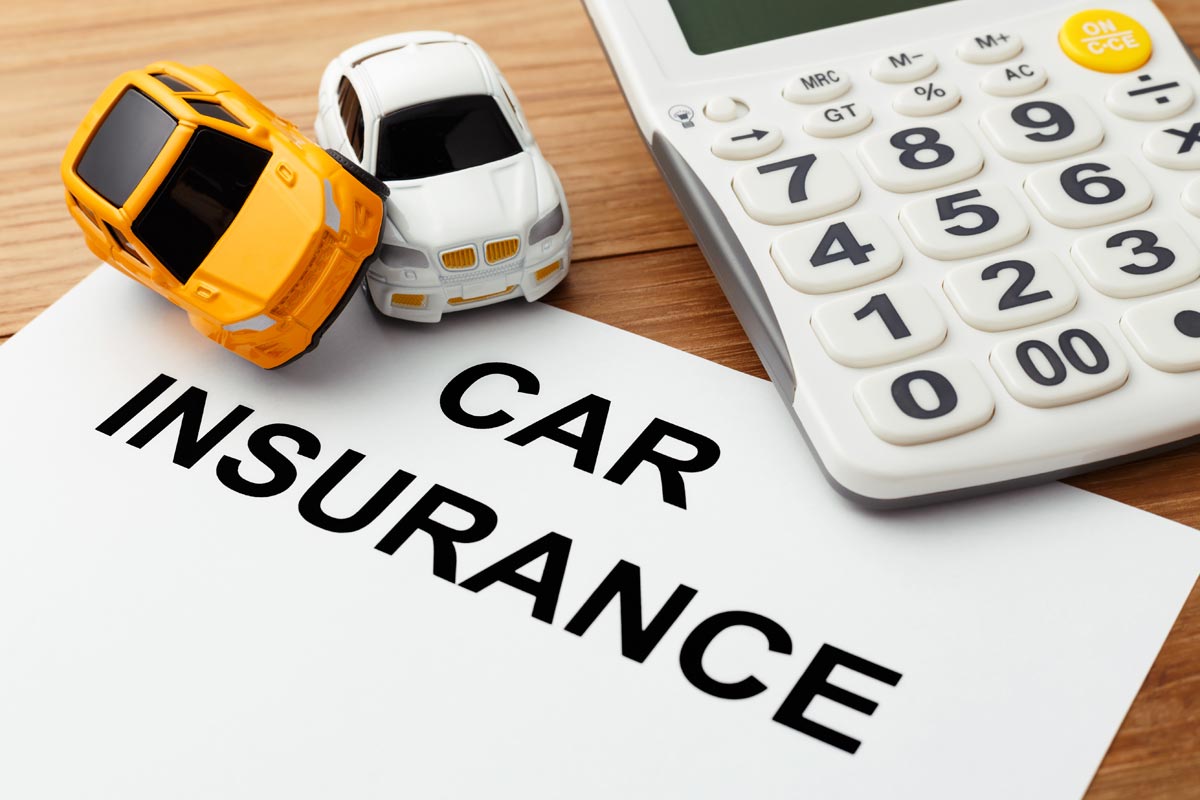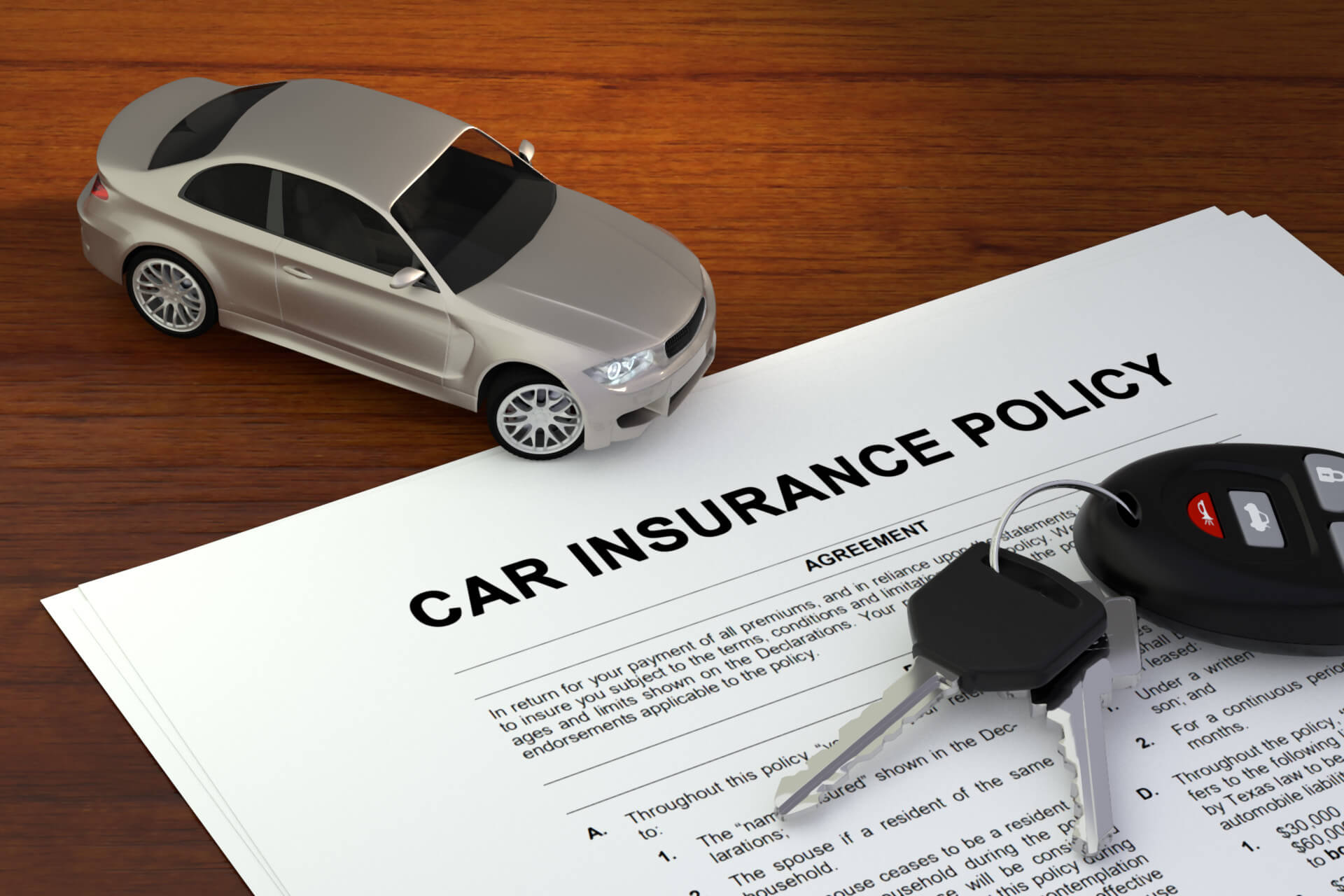CA Car Insurance Quote Find the Best Rates
CA Car Insurance Quote: Securing the right car insurance in California can feel overwhelming, with numerous providers and varying coverage options. Understanding the factors influencing your quote—from your driving history to your vehicle’s details and even your location—is crucial to finding the best deal. This exploration delves into the intricacies of obtaining a competitive CA car insurance quote, empowering you to make informed decisions and secure the most suitable coverage for your needs.
We’ll examine the competitive landscape of California’s car insurance market, highlighting key differentiators among providers beyond just price. We’ll also break down the various coverage types, explaining their benefits and drawbacks in clear, concise terms. By understanding these factors, you’ll be better equipped to navigate the process of obtaining a quote and selecting a policy that meets your specific requirements and budget.
Competitive Landscape Analysis of CA Car Insurance Providers
The California car insurance market is highly competitive, with a diverse range of providers offering varying pricing structures and policy benefits. Understanding this landscape is crucial for consumers seeking the best value and coverage. This analysis examines the pricing strategies, key differentiators, and marketing approaches of major California car insurance companies.
Major California car insurance companies employ diverse pricing strategies, often influenced by factors like risk assessment, customer demographics, and competitive pressures. Some companies, like Geico and Progressive, focus on aggressive price competition, leveraging technology and streamlined processes to offer lower premiums. Others, such as State Farm and Allstate, maintain a broader market presence, offering a wider range of products and services, sometimes at a slightly higher price point, emphasizing brand recognition and customer loyalty.
Obtaining a CA car insurance quote can sometimes feel overwhelming, with numerous providers offering various plans. However, finding the right coverage doesn’t have to be a struggle; you can easily compare rates by starting with a free car insurance quote usaa if you’re eligible, and then expanding your search to other CA-based insurers to ensure you’re getting the best possible deal for your specific needs.
Remember to factor in your driving history and vehicle details when comparing CA car insurance quotes.
Pricing Strategies of Major CA Car Insurance Companies
Price competition is a dominant factor in the California car insurance market. Companies use various methods to set premiums, including sophisticated actuarial models that consider driver history, vehicle type, location, and credit score. Discounts for safe driving, bundling policies, and loyalty programs are common tactics to attract and retain customers. The level of competition forces providers to continually refine their pricing models to remain competitive.
Securing a CA car insurance quote can feel overwhelming, but finding the best deal doesn’t have to be. To simplify your search, consider checking out websites that compare rates, such as those offering cheapest online car insurance quotes , to help you navigate the options. Ultimately, comparing multiple CA car insurance quotes will ensure you get the most competitive price for your coverage needs.
Key Differentiators Beyond Price
While price is a significant factor, many insurers differentiate themselves through features beyond pricing. These differentiators can include the breadth and depth of coverage options, the quality of customer service, the availability of digital tools and mobile apps, and the range of add-on services offered. For example, some insurers excel in their claims processing speed and efficiency, while others may offer specialized coverage for high-value vehicles or unique circumstances.
Effective Marketing Strategies of Successful Competitors
Successful California car insurance companies employ a variety of effective marketing strategies. Geico’s memorable advertising campaigns, often featuring humorous characters and catchy slogans, have built strong brand recognition. Progressive’s use of online tools and personalized pricing quotes through its website and app has broadened its reach and streamlined the customer experience. State Farm’s long-standing reputation and extensive agent network provide a sense of trust and accessibility. These strategies demonstrate the importance of branding, digital engagement, and personalized service in a competitive market.
Crafting Engaging Content for a CA Car Insurance Quote Page

Creating a compelling California car insurance quote page requires a strategic approach that balances informative content with an engaging user experience. The goal is to quickly provide potential customers with the information they need to understand their options and request a quote, all while building trust and showcasing your company’s value proposition. Clear, concise language and a user-friendly design are paramount.
Effective headlines and subheadings are crucial for attracting attention and guiding users through the information. They should be short, impactful, and accurately reflect the content below. Similarly, descriptions of coverage options need to be both informative and easily digestible, avoiding complex insurance jargon. Finally, providing helpful tips and advice on securing the best rates demonstrates expertise and builds confidence in your services.
Compelling Headlines and Subheadings
Headlines should immediately grab the reader’s attention. Consider using strong action verbs and benefit-driven language. For example, instead of “Car Insurance Quotes,” try “Get Your Free CA Car Insurance Quote Now” or “Find the Lowest Car Insurance Rates in California.” Subheadings should break up large blocks of text and clearly indicate the topic of each section. Examples include “Understanding Your Coverage Options,” “Factors Affecting Your Car Insurance Rate,” and “Tips for Saving Money on Car Insurance.”
Concise Descriptions of Insurance Coverage Options, Ca car insurance quote
Clearly explain the different types of car insurance coverage available in California. Use simple language, avoiding technical terms whenever possible. For each coverage type (Liability, Collision, Comprehensive, Uninsured/Underinsured Motorist, etc.), provide a brief description of what it covers and why it’s important. Consider using bullet points to highlight key features and benefits. For instance, a description of liability coverage might include: “Liability coverage protects you financially if you cause an accident that injures someone or damages their property. It covers medical expenses and property damage up to your policy limits.”
Tips for Obtaining the Best Possible Car Insurance Rates
Offering practical advice helps potential customers understand how to save money and positions your company as a knowledgeable and helpful resource. This section should include actionable steps, such as maintaining a good driving record, bundling insurance policies, increasing your deductible, and comparing quotes from multiple providers. Consider presenting these tips in a numbered list or as a visually appealing infographic (though we will describe the infographic content rather than including the visual itself). For example, an infographic could visually represent the savings associated with bundling home and auto insurance or the impact of a higher deductible on premiums. A good driving record is crucial; a driver with a history of accidents or traffic violations will generally pay higher premiums than a driver with a clean record. Similarly, a higher deductible will lower your premium, as you are taking on more of the financial risk. Bundling insurance policies (home and auto) can often lead to significant discounts.
Exploring Different Types of CA Car Insurance Coverage: Ca Car Insurance Quote

Choosing the right car insurance coverage in California can feel overwhelming, given the variety of options available. Understanding the core types of coverage—liability, collision, and comprehensive—is crucial to making an informed decision that protects both your finances and your future. This section will detail each type, highlighting their benefits, drawbacks, and practical examples to illustrate their importance.
Liability Coverage
Liability insurance covers damages you cause to others in an accident. It’s legally mandated in California and protects you from financial ruin if you’re at fault. This coverage typically includes bodily injury liability, which pays for medical expenses and lost wages of injured parties, and property damage liability, which covers repairs or replacement of damaged vehicles or property. The amount of coverage is expressed as a three-number limit (e.g., 15/30/5), representing the maximum amount paid per person injured ($15,000), the maximum paid per accident for all injured persons ($30,000), and the maximum paid for property damage ($5,000). Higher limits offer greater protection, though premiums will be correspondingly higher. For example, if you cause an accident resulting in $20,000 in medical bills for one person, a 15/30/5 policy would only cover $15,000, leaving you responsible for the remaining $5,000.
Collision Coverage
Collision coverage pays for repairs or replacement of your vehicle if it’s damaged in an accident, regardless of fault. This means that even if you cause the accident, your insurance will cover the cost of repairing your car. This is optional coverage, but it’s highly recommended, as it can protect you from significant out-of-pocket expenses in the event of a collision. Deductibles apply, meaning you’ll pay a certain amount upfront before your insurance kicks in. For instance, if you have a $500 deductible and your car repair costs $2,000, you’ll pay $500, and your insurance will cover the remaining $1,500. A common scenario where this is beneficial is a single-car accident where you hit a tree or a pole.
Comprehensive Coverage
Comprehensive coverage protects your vehicle from damage caused by events other than collisions, such as theft, vandalism, fire, hail, or natural disasters. Like collision coverage, it’s optional and subject to deductibles. This is a valuable safeguard against unexpected events that could result in significant repair or replacement costs. For example, if a tree falls on your car during a storm, comprehensive coverage will help cover the repair or replacement costs. Another scenario is if your car is stolen or vandalized; comprehensive insurance will assist with the associated expenses.
Ultimately, obtaining a CA car insurance quote is a journey towards securing the right protection for your vehicle and financial well-being. By understanding the factors influencing your premiums, comparing different providers, and carefully considering your coverage needs, you can confidently navigate the process and find a policy that offers both comprehensive coverage and value. Remember to thoroughly review quotes, compare features, and read customer reviews before making your final decision.
Post a Comment